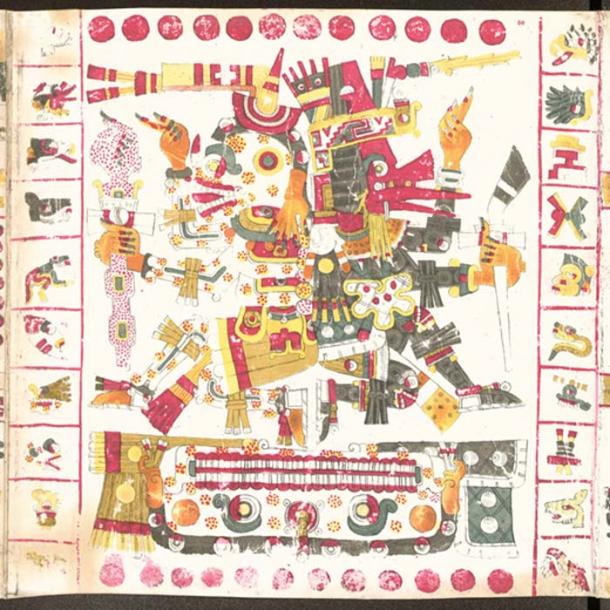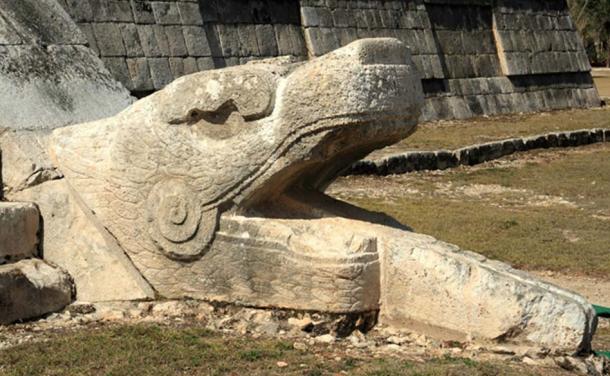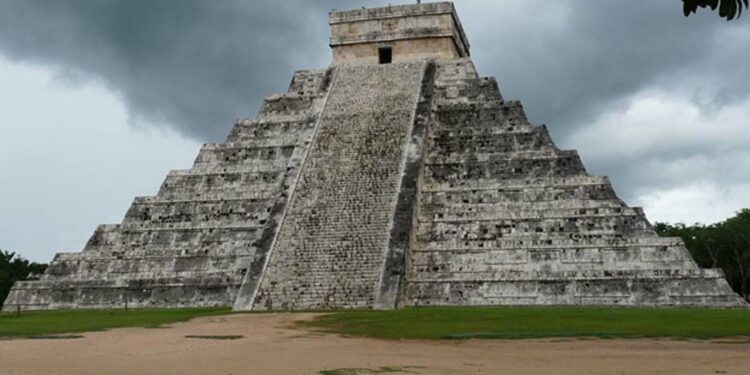A pyramid within a pyramid within a pyramid: That’s what archaeologists said they have found at the ancient Maya site of Chichén Itza in the Yucatàn Peninsula in the far south of Mexico.
Archaeologists have found a second substructure, possibly the oldest, underneath the two outermost pyramids at Chichén Itza’s El Castillo, a monument where researchers believe the people of the Yucatàn worshiped Kukulkan or Quetzalcoatl, the plumed serpent of ancient Mexico and Central America. The ancient people built the three pyramids in successive phases.
It’s possible this smallest structure, which one researcher compared to a Russian nesting doll or a matryoshka doll, was discovered previously, in the 1940s. But this year, scientists using an imaging process called tri-dimensional electric resistivity tomography, or ERT-3D, said they have found the much smaller pyramid underneath the two already-known pyramids. Though they have yet to excavate it, it may have a staircase to an altar at the top.

The enormous, 1,000-year-old temple of El Castillo is sitting precariously over a deep sinkhole and experts worry that the entire pyramid may eventually collapse, as Ancient Origins reported in 2015.
Below the two larger, outermost pyramids is the much smaller, third structure found this year by a team from Mexico’s National Institute of Anthropology and History using the ERT-3D technology. It measures about 10 meters (32 feet) tall. The smallest, innermost structure is not aligned as well with the two structures atop it.
“If we can research this structure in the future it could be important, because it could tell us about the first-period inhabitants,” archaeologist Denisse Lorenia Argote of the National Institute of Anthropology and History told Associated Press (via CBS News ).
Archaeologists believe the innermost pyramid may date to between 500 to 800 AD and is in what they call the “pure Maya style”, which does not have the influence of other Mesoamerican civilizations and cultures.

Kukulkan or the plumed serpent, was a god of the wind, sun and a creator god to people all over Mexico and Central America. Says the Funk & Wagnalls Standard Dictionary of Folklore, Mythology and Legend:
At the same time he was a creator god, the ‘sun’ during one of the previous incarnations of the world, and the god who went to Mictlan, the underworld, whence he brought back the bones of people of the previous worlds and, sprinkling his own blood over them, turned them into human beings. He was a culture hero, for he brought maize to mankind, instructed them in the art of weaving cotton, polishing jade, making feather mantles and taught people to understand the calendar and movements of the stars.
























